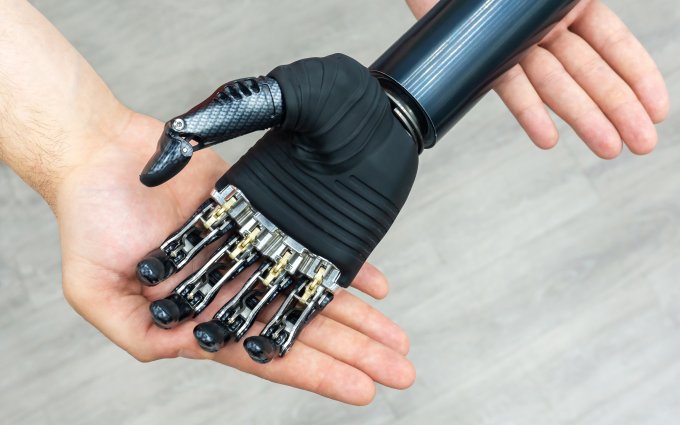Medical advancements are continually changing the face of healthcare and workers’ compensation industries. Here are five that we at Paradigm Outcomes think will have the most impact on the quality of care for injured workers over the next five years.
- Personalized treatment: The Precision Medical initiative launching this year has the capacity to revolutionize the way we treat disease, according to an AARP article. Based on genetic information, the approach would tailor care to an injured worker’s unique physiology, with attention to questions on the ways a medical treatment works for some people with a disease but not others. The project will ask a million volunteers to share genomic and molecular information, along with a medical history, with researchers working to understand the interacting factors that influence human health.
- The Brain-Limb Connection: As the fields of robotics and prosthetics advance side by side, it’s becoming more likely that technology will allow us to connect the movement of a robotic limb directly to the brain, allowing amputees to move their prosthetics more naturally. Brain implants already exist, but are limited in that the “driver” has to think about each individual action in order to get the implant to move. According to AARP, new medical advancements are targeting implants to the area of the brain that controls intent to move. If successful, these advancements mean that an injured worker could return to a similar quality of life – and similar profession – as they had before a catastrophic accident, with fluid motion in a robotic limb not long after an amputation has healed.
- Wireless Wearable Sensors: Wearable, health-related sensors are changing the way people monitor – and even control – diabetes, asthma, heart disease and other chronic conditions. Currently in clinical trials, multiple sensors are assisting patients with handling day-to-day-treatments and helping physicians monitor patients. This is done by using highly accurate clinical data taken at many more points in time than would be possible with information gathered during office visits alone. This kind of technology could help injured workers return to work sooner while still receiving high-quality monitoring and care over the long term.
- Blue-Light LED Light Fixtures: This type of lighting provides a disinfection technology for institutional settings as a continuous and low-maintenance part of the environment. Germs in hospitals and similar settings are a major cause of morbidity and mortality and can increase healthcare costs for anyone seeking care in hospital settings. This technology, like the other most powerful medical advancements, directly addresses a longstanding problem by attacking both the root of the problem and related systemic issues – in this case, the cleanliness and time management that can affect hospital sanitation.
- Advances in Robotic Surgery: Non-invasive and minimally-invasive surgical techniques have long relied on robotics and closed-circuit television (CCTV) technologies to work as a surgeon’s eyes and hands in precise procedures that allow faster healing times. With the move from massive mainframe technologies to tablet-type programs, lighter-weight and more sensitive options are now available. According to Healthcare IT News, vendor competition will explode this year, bringing additional innovation to an already lucrative and advanced field. Quicker healing times and more precise care are good news for the field of workers’ compensation, and for the injured workers we serve.
As pioneers in the field of catastrophic and complex case management, we at Paradigm Outcomes pride ourselves on keeping abreast in state of the art medical advancements affecting catastrophic and chronic case management. To learn more, check out our website – or connect with us on Facebook, Twitter and LinkedIn.
